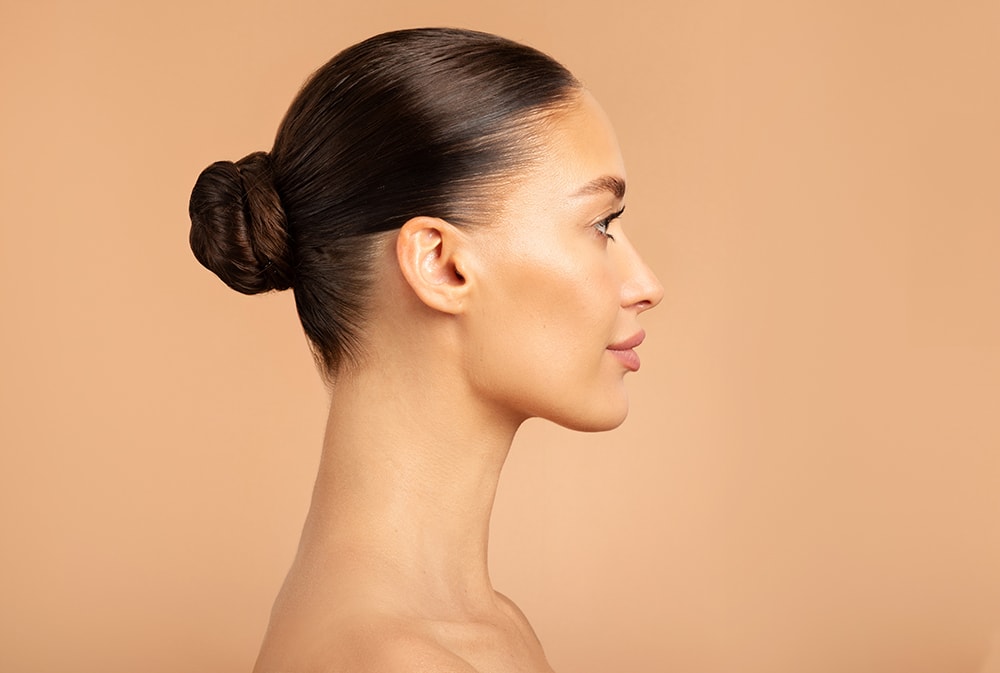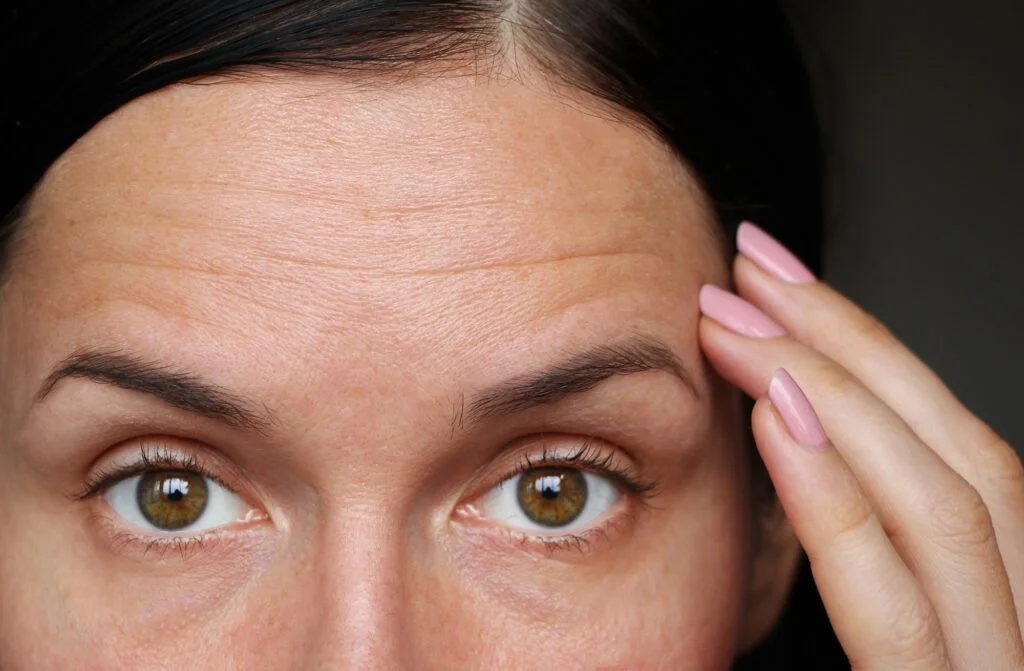Autologous Fat Grafting
Facial treatments can address a variety of cosmetic concerns and restore volume that may have been lost over time. Many individuals opt for dermal fillers to enhance volume and contour in certain facial features, smooth fine lines, and minimize signs of aging; however, a treatment known as autologous fat grafting can be just as effective and even more beneficial depending on one’s ultimate goals and expectations. Fat grafting, also referred to as fat transfer or “fat injections,” utilizes a patient’s own fat as a natural filler, which can create very natural-looking results that last long into the future.
Facial plastic surgeon Scott Shadfar, MD offers a variety of procedures designed to improve and enhance an individual’s appearance. If you are considering treatment with autologous fat grafting, please contact Dr. Shadfar for more information, or to schedule a consultation to determine whether this option is an ideal solution.
What Is Autologous Fat Grafting?
Autologous fat grafting is a plastic surgery procedure that uses excess fat harvested from one area of the patient’s body and transfers that fat to a different body region. Often utilized for facial rejuvenation, fat grafting can produce remarkably natural-looking results that last quite a bit longer than what can be achieved with many other dermal filler products. Dr. Shadfar uses this procedure when performing facial rejuvenation surgery, such as a facelift, neck lift, eyelid surgery, and/or brow lift surgery, for a more comprehensive aesthetic revitalization.
What Are the Benefits of Fat Grafting?
Fat grafting to the face offers a variety of benefits for both women and men. This treatment can help smooth signs of facial wrinkles, enhance volume and create more defined contours in the lips and cheeks, rejuvenate “sunken” or “hollow” effects under the eyes, reduce signs of mild scars, and address many other common concerns.
One of the chief advantages of fat grafting is its ability to produce long-lasting outcomes that may last for several years.
During your initial consultation with Dr. Shadfar, he can evaluate your needs and goals and determine whether you are a good candidate for fat grafting.
How Is the Fat Grafting Procedure Performed?
For autologous fat grafting, liposuction is performed to harvest the excess fat cells that will later be injected into the facial areas targeted for rejuvenation. The precise location where liposuction is applied is typically chosen during the consultation process—the most common areas selected include the abdomen, flanks, or thighs. The extracted fat cells are then processed, filtered, and prepared for transfer and precise injection into the facial areas.
Fat grafting is generally performed on an outpatient basis and does not typically require an overnight hospital stay.
How Is Recovery Following Fat Grafting?
Most patients will need at least a week of recovery following a fat grafting procedure before resuming normal daily routines, and some may require a longer period of rest. This is largely due to the liposuction component of the fat grafting procedure since that step is more invasive. Patients will experience swelling and bruising in the treatment area(s), which should subside as the areas heal. Over-the-counter pain medication can often help manage any lingering discomfort during the healing process.
For more information about autologous fat grafting, please contact our office to schedule a consultation with Dr. Shadfar.


